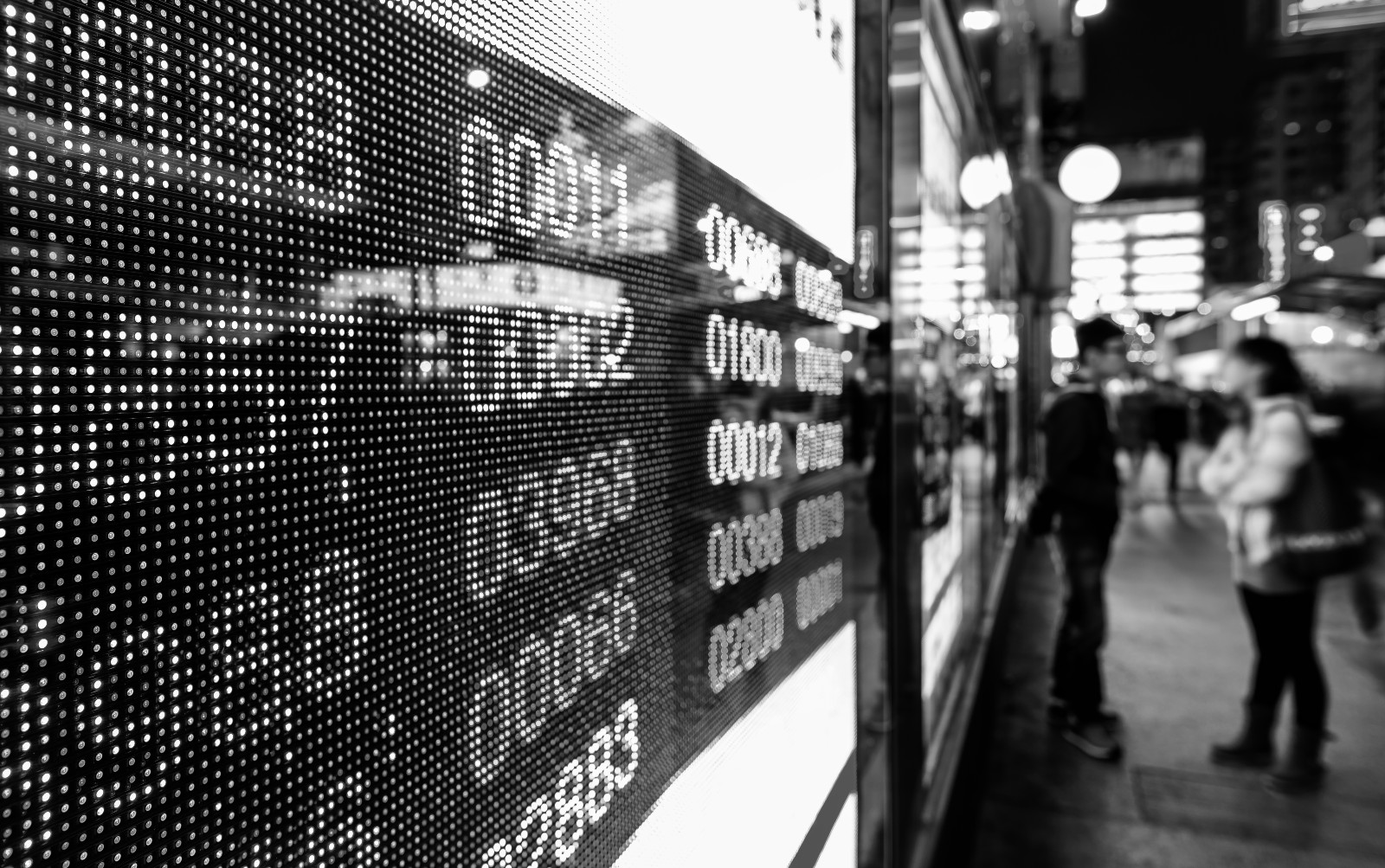Enterprise Explains: Margin Trading

Enterprise Explains: Margin Trading. Margin trading has been in the news a lot lately. The Financial Regulatory Authority wants more of it, but it’s also trying to manage risk in the system with a new set of restrictions. But what is it, exactly? And what could current proposals mean for the EGX?
Margin = borrowing: Margin is just a fancy way of saying debt or leverage — specifically, debt owed by traders to their brokers. When market players refer to ‘margin,’ they mean the practice of investors borrowing from their broker to finance trades. Margin trading is exactly what you think it is: buying and selling securities using borrowed money. And when a broker lends to an investor, this is referred to as — you guessed it — margin lending.
Margin trades are done through dedicated margin accounts held with the broker. Money lent out to traders is collateralized by money held in the account and securities purchased with the borrowed funds. Brokerages require investors to have a minimum value of assets held in their accounts and will charge interest on the margin.
Falling below this minimum triggers what is called a margin call. Brokers will demand that an investor deposit more money into the account or offload some stock should its value fall below the required threshold. This is what’s known as a margin call.
Margin calls typically tend to exacerbate sell-offs in the stock market: A broad-based decline in the value of a stock market can force brokerages to trigger margin calls enmasse should accounts fall below the minimum threshold. This tends to prolong the volatility as investors are forced to sell shares in order to top up their accounts.
This happened on the EGX last month when a series of margin calls magnified the scale of a sell-off.
Margin can potentially generate total higher returns, allowing the investor to increase leverage and invest in a greater quantity of assets.
And it’s a must for short-selling: Shorting stock requires investors to borrow shares from a broker, meaning that they have to have a margin account before they can make returns from a declining share price.
But it also amplifies risk: In the same way that leverage can amplify returns, it can greatly increase losses if you’re caught on the wrong side of a trade.
Then there’s the risk of failing to meet a margin call, which is never a good position to be in.
If the investor’s account falls below the minimum equity required and they fail to pay up, the broker could sell off the investor’s securities to stop losses.
You only need to look at the ongoing Archegos meltdown to understand the risks of over-leveraging: The family-run US hedge fund took out bns-worth of loans to finance huge equity purchases with very little asset backing. When it started making losses on some companies it was highly exposed to, its brokers rushed to sell on its behalf, exiting positions worth USD 20 bn and resulting in a massive margin call that wiped off bns from the market cap of prominent names. Archegos was estimated to have held positions of over USD 50 bn, while having only USD 10 bn in assets, and had relied dangerously on borrowing from banks.
The FRA wants more margin lending: The thinking goes that more margin = more liquidity on the EGX. Allowing investors to leverage up their positions should mean more trading activity and more market participants. This is why the central bank is injecting EGP 1 bn into brokerages, why the FRA is now allowing fund managers to trade using margin, and why it agreed to allow non-bank lenders to get involved in margin lending.
But risk management is a thing, too: An FRA’s advisory committee yesterday suggested a number of new margin restrictions, though a final decision by the authority is still to be made. They would place limits on concentration risk and measures designed to avoid a market crash thanks to back-to-back margin calls, as we explained this morning.
GO DEEPER-
- The A-Z of margin: Fidelity has you covered.
- No-one is too big to avoid being burned by a margin call: Just ask Archegos.
- Contagion: How margin intensified last year’s covid-19 market panic.